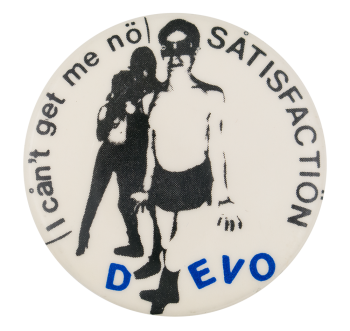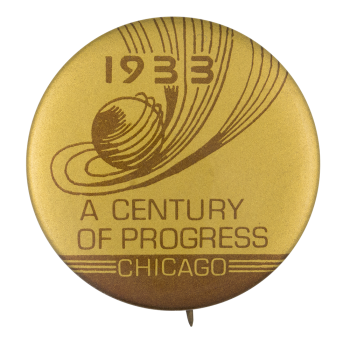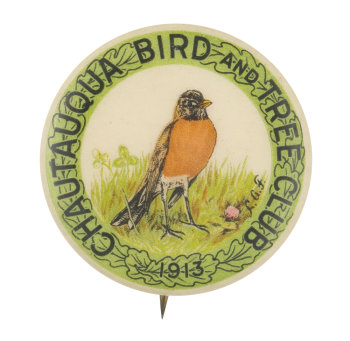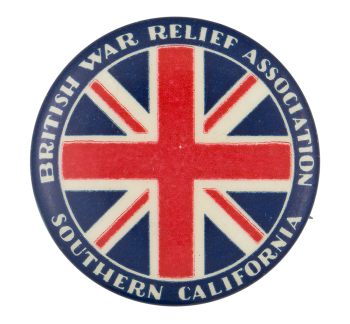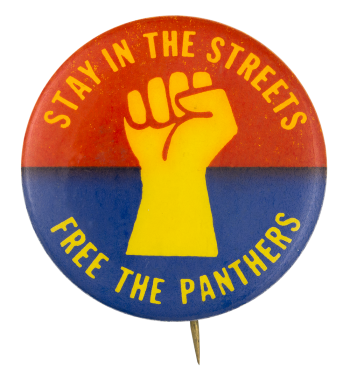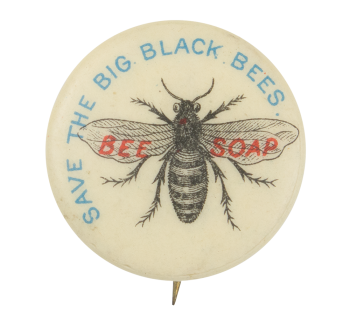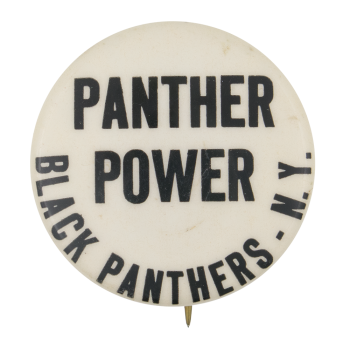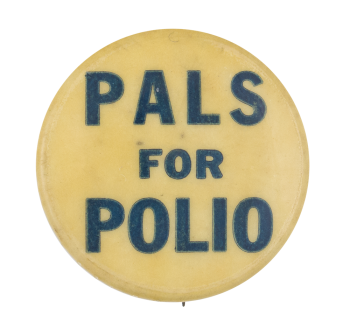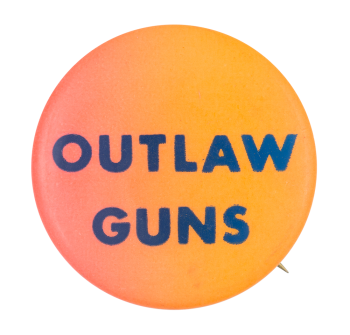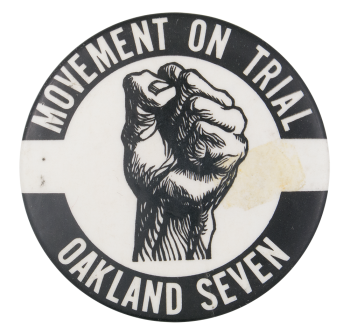Devo I Can't Get No
| Category | |
|---|---|
| Additional Images | |
| Sub Categories | |
| Text on Button | I cån't get me nö SÅTISFACTIÖN DEVO |
| Image Description | Illustration of two people standing behind a shirtless person wearing shorts standing with black and blue text on a white background. |
| Back Style | |
| The Shape | |
| The Size | |
| Additional Information | In 1977, American new wave band Devo released a cover of the Rolling Stones' 1965 original song "(I Can't Get No) Satisfaction." The cover changed the original song so drastically that the band needed, and received, permission from Mick Jagger in order to release it as a single the following year. Devo is most notably known for their unique stage performances, in which they frequently appeared in bright yellow jumpsuits and red dome hats. |
| Catalog ID | MU0237 |

